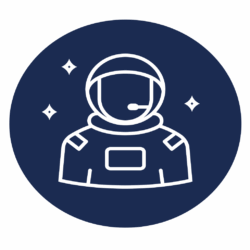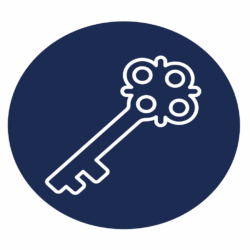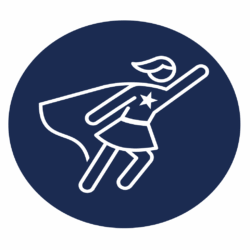Today, less than 25% of the 18.5K recognized diseases in the world have FDA-approved treatments, affecting hundreds of millions of people. While half of these diseases without treatments are considered rare diseases, the combined magnitude of rare diseases is enormous, impacting over 300M people globally. The severity is devastating: 50-80% of people with rare diseases are children, 30% of whom die before age 5. And then there are undertreated diseases — diseases with expensive, burdensome or inaccessible treatments that need better cures. For example, Alzheimer’s, pancreatic cancer, and ALS have approved treatments, but they don’t substantially extend lives.
We know many of these diseases could be treated with many of the 4,000 FDA-approved drugs—at less than 1% the cost of developing a new drug. For instance, an inflammatory disease and a certain type of cancer might share common mechanisms in the body (e.g., related proteins and genes responsible for the disease) and thus may be able to be treated with the same drug.
But systemic barriers prevent this from happening. It’s just not profitable to pursue a new use for an existing drug, especially for rare diseases and the 80% of drugs that are already generic and inexpensive. It’s both expensive to do the trials and companies can’t recoup those costs in sales. Until recently, it has also been logistically impossible to scan across the world’s knowledge of all drugs and all diseases to find matches. So the system focuses on new drugs for profitable diseases, and no one has taken responsibility for systematically uncovering these hidden treatments. Until now. We’re addressing each of the system’s barriers to find the best matches to save and improve lives.



